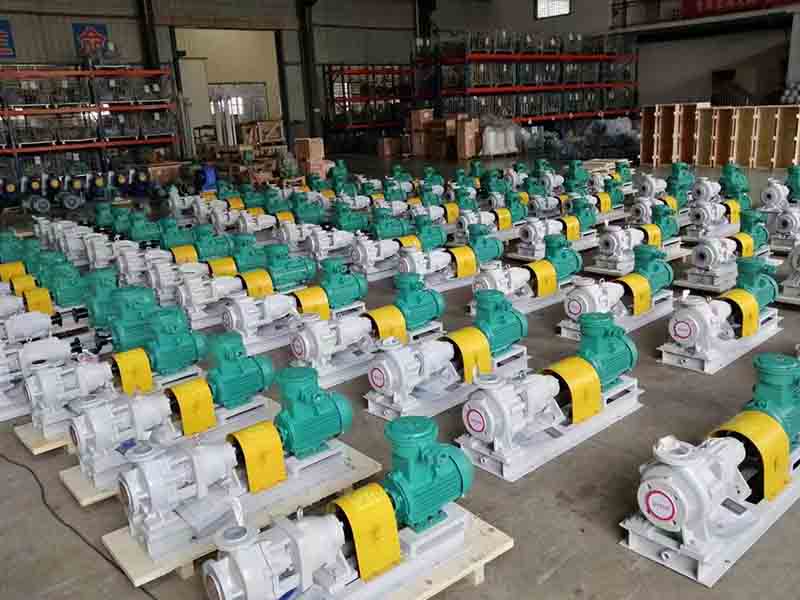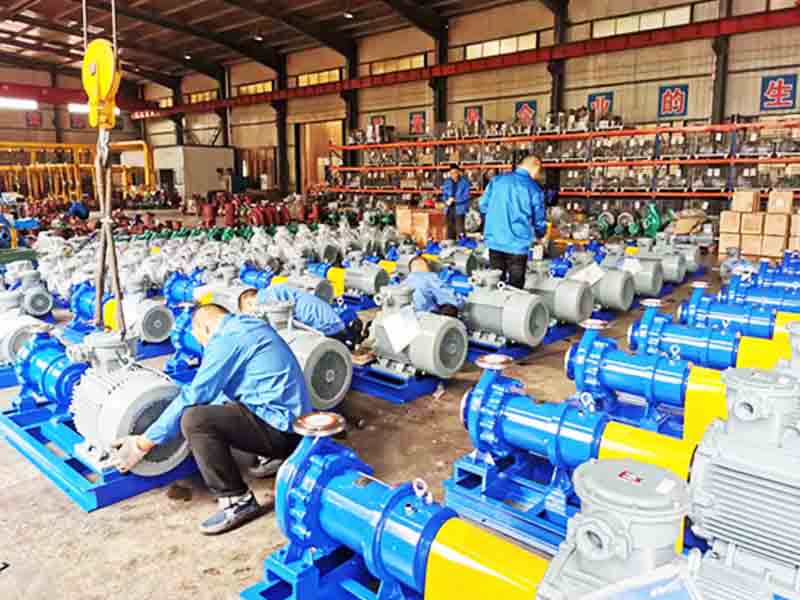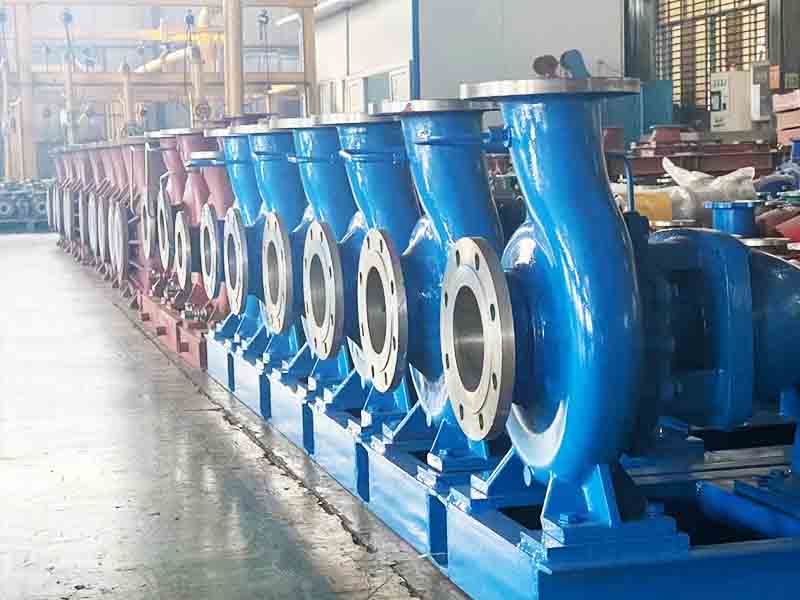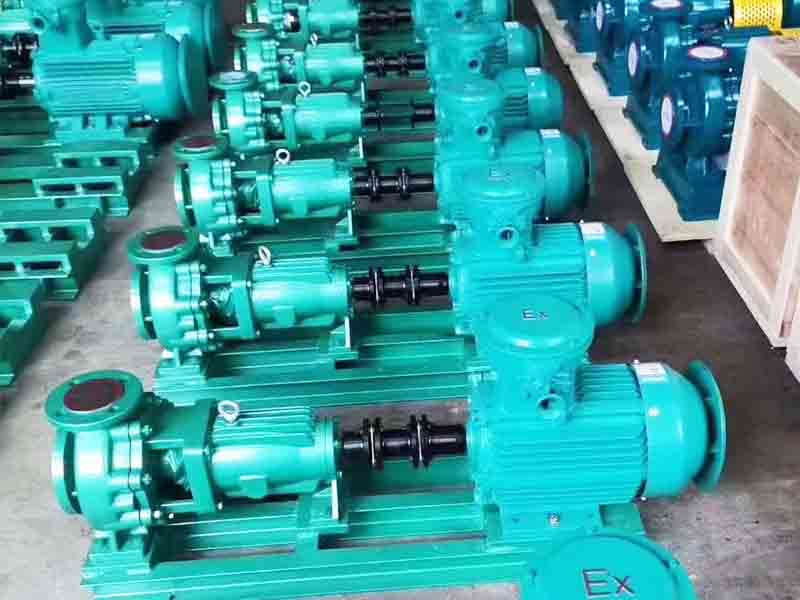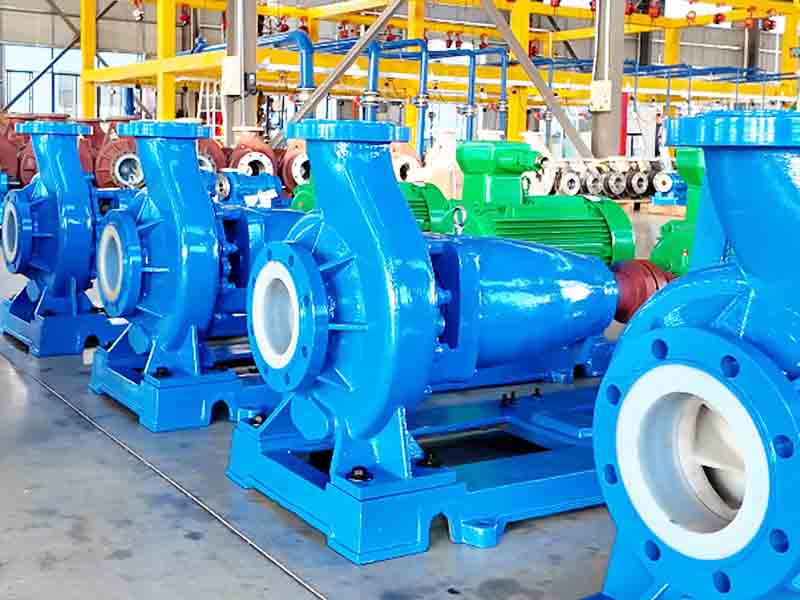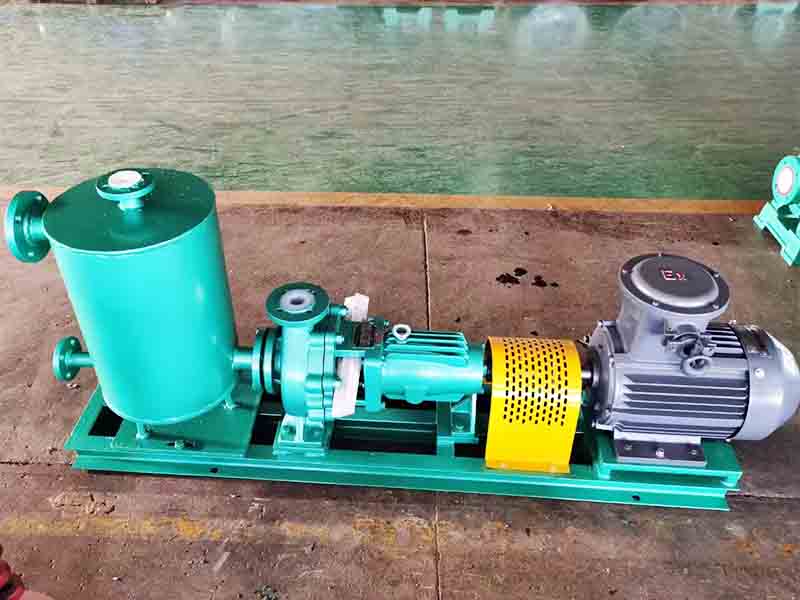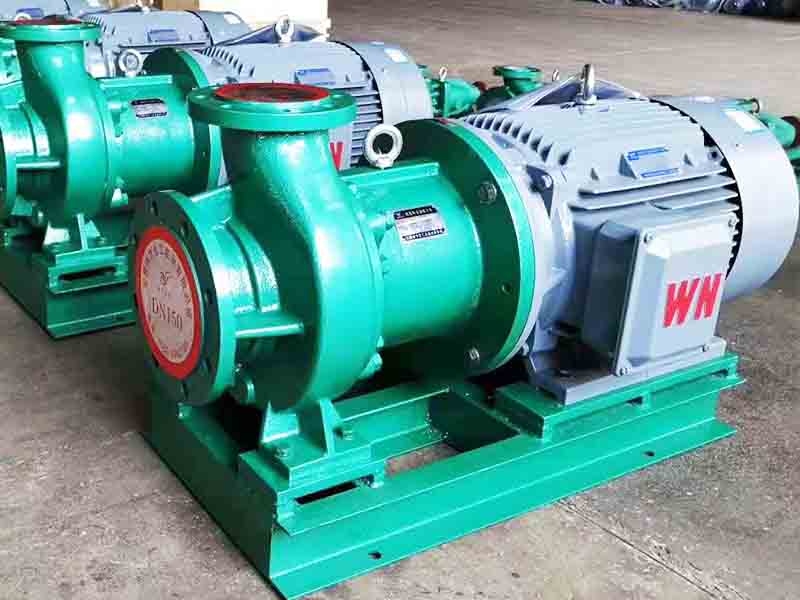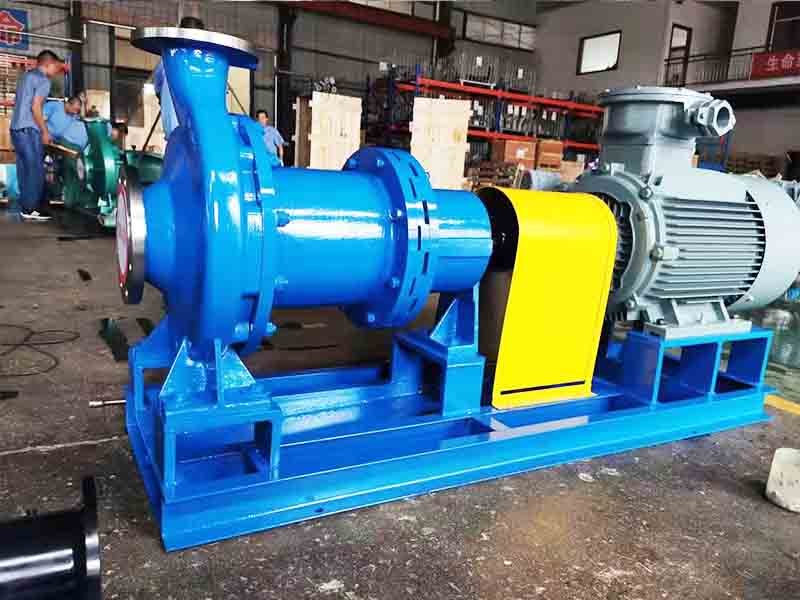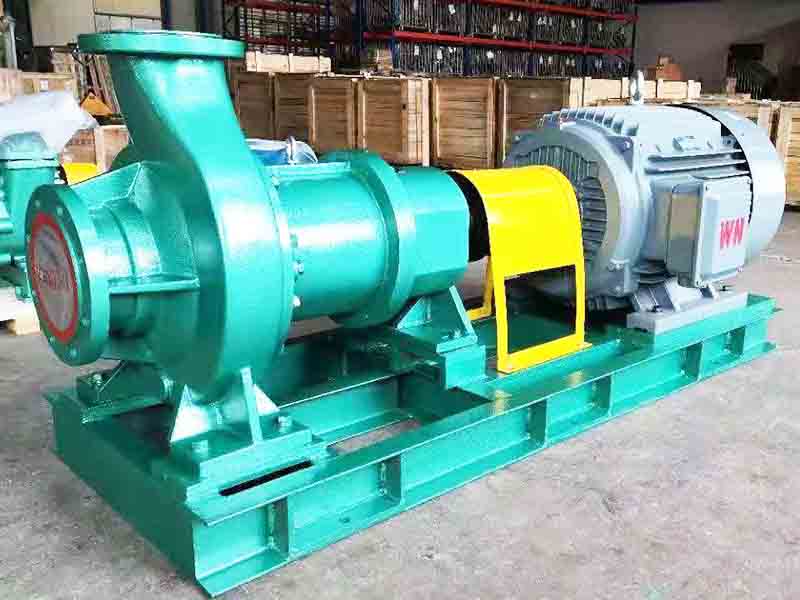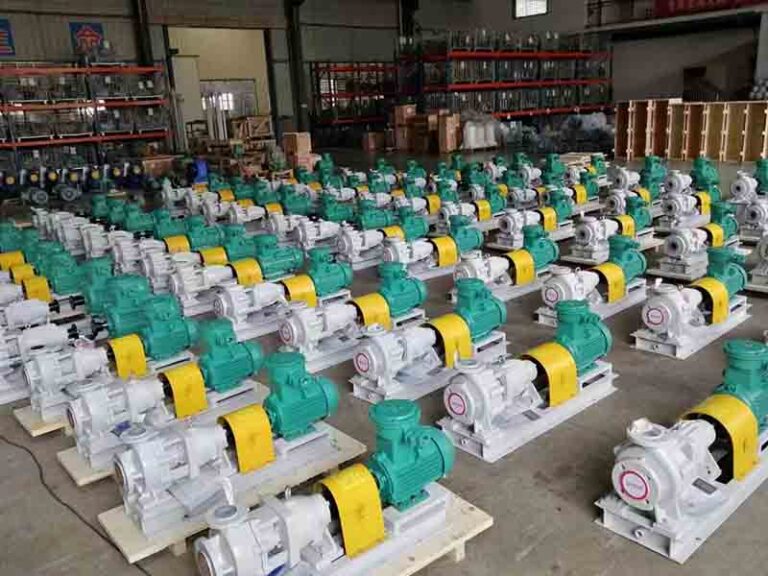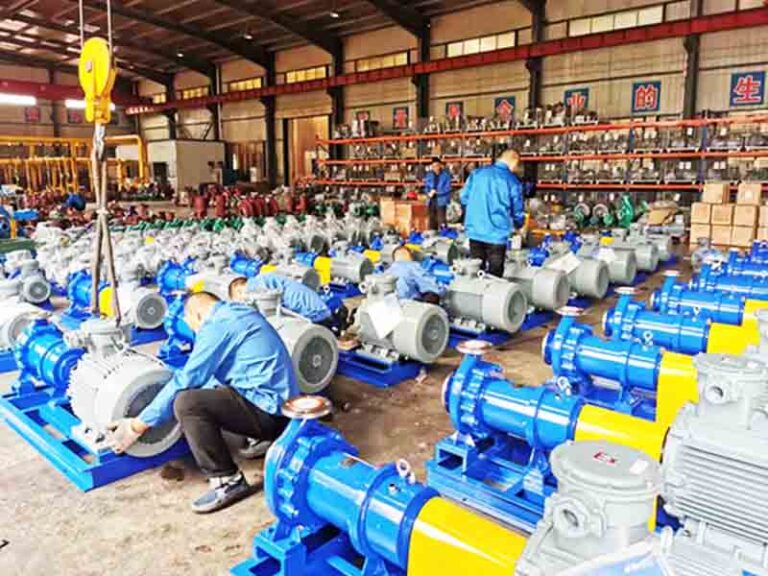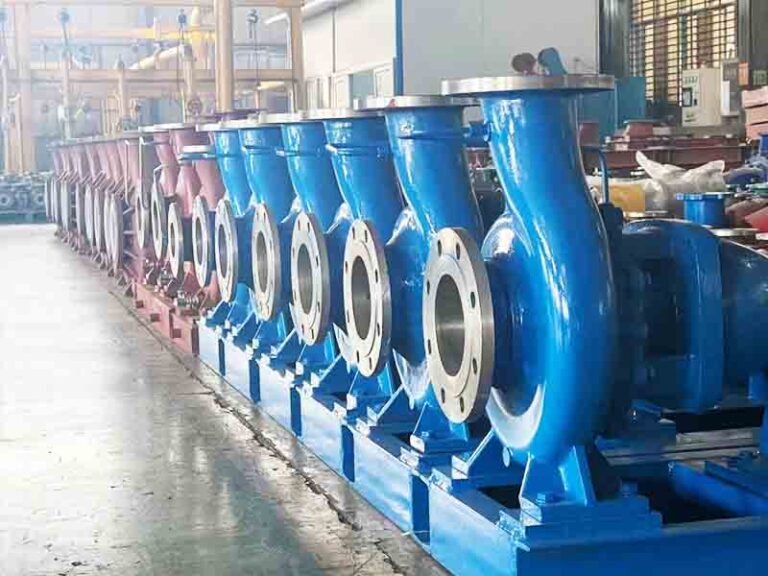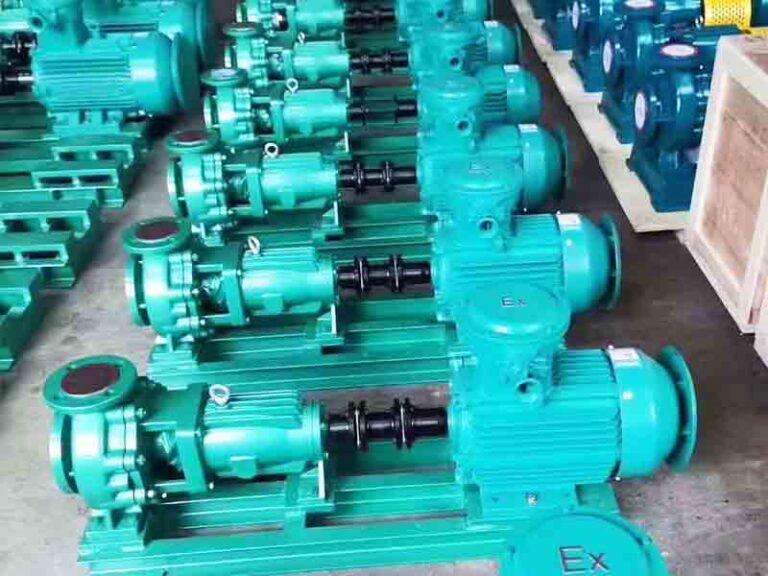In industries that rely on pumping equipment, such as chemical production, proper pump operation is critical. But do you know what happens when a pump is dead – heading? This phenomenon not only affects the performance of the equipment, but may also bring serious safety hazards, which is worth discussing in depth.
What Is Dead – Heading
Definition
Dead – heading refers to a special operating condition of a centrifugal pump in which no fluid passes through the pump body due to a closed outlet valve or clogged piping during operation. In this state, the pump continues to operate, but is unable to perform its normal fluid transfer function. Principle of Operation
Once the electric centrifugal pump enters the dead – heading state, the pump is only able to circulate fluid through the pump body. As the pump continues to do work, the friction between the medium and the pump body parts increases, the energy is constantly converted into heat, making the medium temperature continues to rise. When the temperature reaches a certain level, the liquid will vaporize into steam.
The liner, mechanical seal and other key parts of the chemical pump, under the influence of high-temperature steam, will gradually heat up to the limit of the material to withstand, and then cracks, cracks, scratches and other damages, which ultimately lead to the failure of the pump body. Dangers of dead – heading
Damage to Equipment
The damage to the internal components of the magnetic pump caused by dead – heading is manifold. Under high temperature, the elastic material of the seals will be deformed and aged, losing the sealing effect; the bearings will intensify the wear and tear due to the lack of normal lubrication and cooling, shortening the service life; the impeller may be deformed or even broken under the abnormal force condition. These damages will directly lead to south pump failure, affecting the normal operation of the production process. Safety Hazards
As the pump is in dead – heading condition, the input energy cannot be effectively converted into kinetic energy for fluid transportation, and a large amount of energy accumulates inside the pump body in the form of heat and pressure. This may not only cause hydraulic overpressure, but also trigger chemical reactions inside the magnetic drive pump due to high temperature and pressure, and in serious cases may even lead to an explosion, threatening the safety of personnel and the stability of production facilities.
Connection with Idling
Prolonged dead – heading and magnetic centrifugal pump idling can lead to similar serious consequences, with cavitation being particularly prominent. Cavitation causes large bubbles to form inside the pump, and the impact of the bubbles rupturing can cause erosion inside the self priming pump body, further accelerating pump damage.
Why Is Dead – Heading Difficult To Detect
Limitations of Sensors
Conventional water level sensors work on the principle of detecting changes in liquid level to determine the operating status of the pump. However, during dead – heading, the fluid in the efficient centrifugal pump is circulating but the level has not changed significantly, making it impossible for the level sensor to effectively recognize dead – heading conditions.
Shortcomings of Motor Current Monitoring
There are some shortcomings in determining whether the centrifugal electronic pump is dead – heading by monitoring the motor current. In practice, the motor current remains almost constant until a 50% load is reached. Even at light loads, the current continues to flow without effectively doing work, making it difficult to detect pump abnormalities in time through current changes.
Advantages of Input Power Monitoring
In contrast, monitoring input power is a much more accurate method of detection. Input power is linearly related to motor load, and as the load changes, the input power increases linearly accordingly. This means that even small changes in motor load can be detected in time by input power monitoring, which is nearly 10 times more accurate than motor current monitoring for light load detection.
How Does Detect The Occurrence Of Dead – Heading
Equipment Installation Inspection
In order to detect dead – heading in time, a temperature detection device can be installed in the pump casing, which triggers an alarm in case of an abnormally high pump temperature. At the same time, installing a flow measurement device on the outlet pipe can also quickly determine that the pump is in a dead – heading condition when zero flow is detected, and automatically shut down the pumps with self-priming to avoid further damage.
Different Pumps Situation
For centrifugal pumps, although a short period of dead – heading will not cause serious damage immediately, due to the different environment and working conditions of each installation, the manufacturer will not make a clear specification of the dead – heading time it can withstand, so as to avoid liability in the event of a failure. Peristaltic hose pumps, screw rotor pumps, such as volumetric pumps, should never be operated in the state of the outlet valve is closed, must be installed pressure relief valve to prevent excessive pressure damage to the self-priming motor pumps body.
Test Correlation
In pump performance testing, the “Dead Head” test (also known as the pump off head pressure test) is of great importance. This test is performed by closing the outlet valve and allowing the pump to run at no flow, at which point the resulting “Dead Head” pressure is plotted on a curve provided by the pump manufacturer. This data allows verification of the pump’s flow potential and impeller sizing, providing a key basis for subsequent pump performance diagnosis and system balancing.
How Can I Protect My Pump From Dead – Heading
Recirculation Line Protection
The installation of a recirculation line is one of the most effective ways to protect the mag-drive pumps. This line, which is connected from the pump outlet to an upstream supply source, provides a circulating path for the pump media in the event of dead – heading and ensures that enough fluid passes through the pump body to prevent pump damage due to overheating. It should be noted, however, that the recirculation lines must be properly sized to ensure adequate flow.
Automatic Control Protection
Reliable protection for the pump can also be provided by utilizing automatic flow control devices. This type of device can automatically adjust the flow rate according to the operating status of the pump, and when a dead – heading trend is detected, the operating parameters can be adjusted in time to avoid the magnetic drive pump entering a dangerous state.
Comprehensive Protection Measures
In addition to preventing dead – heading, centrifugal pumps also need to be protected against cavitation and motor overheating. Installing a throttle valve or orifice plate downstream of the pump outlet can increase flow resistance and ensure stable pump operation. At the same time, designing a reasonable piping system and optimizing the fluid flow path can also effectively improve the safety of the lined-in magnetic driven pump.
Best Practices for Protecting Pumps
Traditional detection methods, such as float switches, have significant shortcomings in dead – heading detection, making it difficult to meet the needs of modern industry for accurate monitoring of pump operating conditions. In contrast, motor management relays are a more advanced solution. It simultaneously monitors the current, voltage and power of the motor and provides comprehensive protection functions.
The power-based detection is more sensitive to subtle changes in motor loads and is particularly good at detecting light loads, providing a reliable guarantee of safe pump operation.
Conclusion
The hazards of dead – heading to pumps should not be underestimated, from equipment damage to safety hazards, all of which can have a serious impact on industrial production. Accurate detection and effective protection is the key to avoid these problems. Through the use of advanced monitoring technology and reasonable protective measures, we can better guarantee the normal operation of the pump and reduce the production risk.
I hope that every practitioner involved in the use of pump equipment, can pay attention to the dead – heading problem, the protective measures into practice, to ensure the safety and stability of production.


